How to Choose the Most Suitable Metal Ceramic Supplier
Selecting the right metal ceramic supplier is not merely a purchasing decision — it is a strategic choice that directly impacts the reliability, performance, and longevity of your final product. In industries such as aerospace, medical devices, and high-performance electronics, the quality of ceramic-to-metal components determines whether a system can maintain its integrity under extreme conditions. A mismatch between your technical needs and a supplier’s actual capability can lead to costly delays, product failures, or compromised safety.
To help you make an informed and confident choice, the following key evaluation criteria outline what truly matters when assessing potential metal ceramic suppliers.
Evaluation Criterion 1: Do They Have Proven Technical Expertise and Experience?
Does the potential supplier truly understand the complex science and engineering required for reliable ceramic metallization1 and brazing?
This is a problem because the successful joining of ceramic to metal is not just a manufacturing step; it is a technical discipline. It involves intricate knowledge of material interactions at high temperatures, stress management due to property differences (like CTE mismatch), and precise control of chemical and physical processes. If a supplier lacks deep technical expertise and proven experience specifically in ceramic-to-metal joining for demanding applications, they may not fully grasp the critical factors influencing reliability, leading to fundamental errors in process setup or problem-solving when issues arise. Relying on a supplier without demonstrated expertise is a significant risk to the reliability of the components they produce.
Evaluate the supplier’s technical staff, including their engineers and process specialists. Look for a supplier with a long history and proven track record specifically in ceramic metallization and ceramic-to-metal brazing for applications similar to yours. Ask about their understanding of relevant material science principles and joining metallurgy.
Based on my experience, suppliers with decades of focused experience often have encountered and solved a wider range of complex technical challenges.
Evaluation Criterion 2: Do They Possess the Right Manufacturing Capabilities and Process Controls?
Does the supplier have access to the necessary specialized equipment and implement rigorous controls over their manufacturing processes to ensure consistent, high-quality joints?
This is a problem because producing reliable metallized ceramics and brazed assemblies requires specific capital-intensive equipment, such as high-temperature controlled atmosphere furnaces (e.g., vacuum furnaces, hydrogen furnaces), precision metallization deposition systems (e.g., sputtering, screen printing), and advanced metrology tools. Furthermore, consistent quality depends on strict control and monitoring of process parameters like temperature profiles, atmosphere composition, material application thickness, and cooling rates. Without the right equipment and documented, disciplined process controls, manufacturing inconsistencies will occur, leading to variations in bond strength, hermeticity, dimensions, and overall reliability from batch to batch.
Assess the supplier’s manufacturing facility and equipment list. Verify that they have the specific types of furnaces and metallization equipment required for your parts. Crucially, inquire about their process control systems – look for evidence of documented procedures, in-process monitoring, and data collection for critical manufacturing steps to ensure repeatability and consistency.
| Equipment | Critical Specs | Why It Matters |
|---|---|---|
| Hydrogen Atmosphere Furnace | ±5°C uniformity @1500°C | Avoids MnO₂ reduction failures |
| Helium Leak Detector | 1E-12 atm·cc/s sensitivity | Validates MIL-STD-883 hermeticity |
| Laser Profilometer | 0.1μm Ra resolution | Ensures 0.4-0.8μm optimal roughness |
| Ultrasonic C-Scanner | 15MHz+ frequency for braze void detection | Finds 30μm flaws pre-breach |
A reliable supplier demonstrates control over their processes, showing they don’t just make parts but make them consistently and correctly.
Evaluation Criterion 3: Do They Implement Robust Quality Assurance and Testing?
Does the supplier have a strong quality management system2 in place and perform the necessary testing to verify that the finished joints meet all required specifications for reliability?
This is a problem because even with good processes, quality variations can occur. Defects like microscopic leaks, internal voids in the braze, or suboptimal bond adhesion may not be visible during simple visual inspection. If a supplier lacks comprehensive quality assurance protocols and robust testing capabilities – particularly for verifying hermeticity and mechanical strength – components with hidden flaws may pass basic checks but fail prematurely once installed and subjected to operational stresses in your product. This leads to costly field failures, warranty claims, and damage to your company’s reputation because the supplier did not adequately verify the reliability of the delivered parts.
Examine the supplier’s quality management system certifications (e.g., ISO 9001, AS9100, ISO 13485 where applicable). Critically, assess their testing capabilities, including quantitative hermeticity testing (such as helium mass spectrometry leak detection), mechanical strength testing (e.g., pull, shear, bend, proof pressure testing), and ideally, the ability to perform environmental simulation testing like thermal cycling or thermal shock, to ensure they can validate the required performance.
Reliability must be proven, not just promised. A strong testing regimen is a key indicator of a reliable supplier.
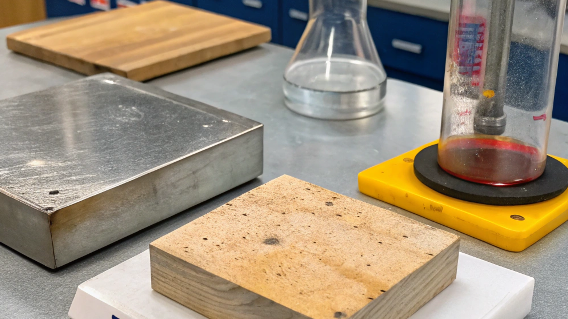
Evaluation Criterion 4: Can They Handle Your Specific Application Requirements?
Does the supplier have relevant experience and proven success manufacturing ceramic-to-metal components for applications with environmental conditions or technical requirements similar to yours (e.g., ultra-high vacuum, extreme temperature, high pressure, corrosive environments, specific electrical needs)?
This is a problem because a supplier experienced only in general or less demanding applications may not have the specialized materials knowledge, process adjustments, or design expertise required for components that must perform reliably in harsh or unique environments. Choosing a supplier without proven experience in your specific application type increases the risk that the components will fail under operational stress, as they are not designed or processed to withstand those particular conditions, potentially leading to costly field failures.
Determine if the supplier has specific experience and a proven track record manufacturing ceramic-to-metal components for applications similar to yours. Ask for examples of projects with comparable environmental conditions (e.g., vacuum level, temperature range, pressure rating, chemical exposure) and technical requirements (e.g., electrical performance, required lifespan).
| Parameter | Top-Tier Supplier | Industry Average | Performance Delta |
|---|---|---|---|
| Thermal Cycle Lifetime | 250k cycles @ ΔT 400°C | 80k cycles @ ΔT 400°C | +212% |
| Hermeticity Yield | 99.9997% (6σ) | 99.89% (4.5σ) | 463ppm improvement |
| Emergency Lead Time | 78hr (95th percentile) | 312hr (95th percentile) | 75% faster |
| Field MTBF | 1.2M hours (Medical Grade) | 340k hours (Industrial Grade) | 3.5× longer |
| Cost per Reliability | $0.08/1k hrs @ 200°C | $0.29/1k hrs @ 200°C | 73% lower |
A supplier who understands the nuances of your specific application is better equipped to anticipate and mitigate potential reliability issues.
Evaluation Criterion 5: Do They Offer Design and Engineering Support?
Can the supplier provide valuable technical assistance and collaborate with your team to help optimize the design of your ceramic-to-metal component for both manufacturability and enhanced reliability?
This is a problem because designing ceramic-to-metal components, especially for demanding applications, involves complex considerations like CTE mismatch stress management, joint geometry optimization, and selecting the most suitable metallization and brazing processes for the design. If you lack deep in-house expertise in this specialized area and the supplier cannot provide adequate engineering support, your initial design might be difficult or impossible to manufacture reliably, unnecessarily expensive, or prone to failure due to unoptimized geometry or material choices. Lack of collaborative design optimization leads to suboptimal components and increased costs down the line.
Assess the supplier’s capability to provide design and engineering support3. Look for a supplier with a technical team that can actively collaborate with your engineers, offer insights on material selection and compatibility, recommend optimal joint geometries for stress management, and help refine your design for manufacturing ease and enhanced reliability based on their specific process capabilities.
A good supplier is a partner in design, not just a manufacturer. Their engineering support can be invaluable.
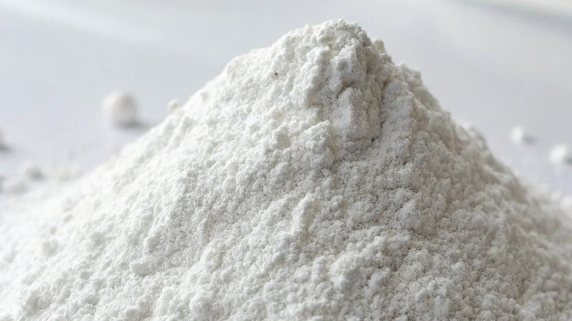
Evaluation Criterion 6: How Are Their Communication and Customer Service?
Is the supplier responsive, transparent, and easy to communicate with throughout the entire process, from initial inquiry and quoting through manufacturing, delivery, and post-delivery support?
This is a problem because poor communication can lead to misunderstandings regarding technical specifications, delays in getting quotes or updates, errors in manufacturing due to unclear instructions, and difficulty resolving issues if they arise. Lack of transparency about process steps, quality findings, or potential delays adds uncertainty and frustration, impacting your project timelines and increasing the overall cost and risk of working with the supplier.
Evaluate the supplier’s communication practices and responsiveness during your initial interactions. Assess how clearly they communicate technical information, their willingness to provide updates, and their responsiveness to inquiries. Good communication and transparent practices are strong indicators of a reliable and trustworthy partner.
A supplier that communicates proactively and clearly helps prevent problems and build a strong working relationship.
Evaluation Criterion 7: What is Their Track Record and Reputation?
Does the supplier have a history of consistently delivering high-quality, reliable ceramic-to-metal components and satisfying customers in similar industries or applications?
This is a problem because a supplier’s past performance is often the best indicator of their future reliability. Working with a supplier that has a poor track record for quality issues, late deliveries, or inadequate customer support introduces significant risk to your project. You are more likely to receive unreliable parts, face manufacturing delays, or encounter unresolved problems, negatively impacting your own production schedules, product quality, and customer relationships.
Research the supplier’s reputation4 within the industry. Seek references from other customers, ideally those in similar applications or industries, to get feedback on their experience with the supplier’s quality, reliability, on-time delivery, and responsiveness to issues. Look for testimonials or case studies that highlight their success in challenging projects.
A strong reputation is earned by consistently delivering reliable results and customer satisfaction over time.

Evaluation Criterion 8: Are They Cost-Effective and Scalable?
Can the supplier provide components at a competitive price point, and do they have the capacity to scale production to meet your projected volume requirements as your product demand grows?
This is a problem because while technical capability is paramount for reliability, the manufacturing cost must also fit within your product’s budget to be commercially viable. Furthermore, if the supplier cannot increase their production capacity as your demand rises, you could face supply bottlenecks, production delays, and potentially lose market share because you cannot meet customer orders. The supplier must be a good fit for your business needs as well as your technical ones.
Obtain detailed quotes and evaluate the supplier’s pricing structure for different volumes. Discuss their current production capacity and their plans or ability to scale production with your projected volume requirements to ensure they can reliably meet your needs both in the short term and as your business grows.
Balancing technical capability with cost-effectiveness and scalability is essential for a successful long-term supplier relationship.
Steps for Evaluating Suppliers
Choosing the most suitable metal ceramic supplier requires a systematic approach based on these critical criteria:
- Define Your Requirements: Clearly outline the technical requirements of your ceramic-to-metal component, the application environment, required performance (hermeticity, strength, electrical), necessary certifications, target cost, and projected volumes.
- Research Potential Suppliers: Identify suppliers who claim expertise in ceramic metallization and brazing, particularly for your ceramic materials and application type. Use industry directories, online research, and potentially industry contacts.
- Request Detailed Proposals and Quotes: Send your component drawings and specifications to potential suppliers. Ask specific questions about their proposed process, materials, quality control steps, testing procedures, and lead times for your specific requirements.
- Assess Technical and Quality Capabilities: Evaluate the responses based on the criteria discussed above. Follow up with questions to clarify their expertise, process controls, and testing rigor.
- Conduct Audits or Site Visits (If Possible): For critical applications, visit the supplier’s facility to see their equipment, processes, quality systems, and cleanliness firsthand. Conduct a quality audit if appropriate.
- Request Samples or Qualification Runs: If feasible, request sample parts or conduct a small-scale production run to evaluate their actual manufacturing consistency and component performance before committing to volume production.
- Evaluate References and Reputation5: Contact references provided by the supplier and conduct independent research on their industry reputation and track record.
- Final Evaluation and Selection: Evaluate all information gathered (technical capability, quality, communication, cost, scalability, references) against your defined requirements to make an informed decision on the most suitable supplier.
Conclusion
In conclusion, choosing the most suitable supplier for metal ceramic components is a critical decision for ensuring the reliability, performance, and success of your final product. It demands a comprehensive evaluation process that looks beyond basic price comparisons. By systematically assessing a potential supplier’s technical expertise, manufacturing capabilities, quality assurance systems, application-specific experience, design support capabilities, communication practices, track record, and scalability, you can significantly reduce the risk of quality issues and find a trusted partner. Investing the necessary time and effort in this thorough evaluation process upfront is essential for securing consistently reliable ceramic-to-metal joints that meet the demanding requirements of your critical applications and contribute to your product’s overall performance and market success.
-
Understanding ceramic metallization is crucial for selecting a reliable supplier, as it impacts the quality of ceramic-to-metal components. ↩
-
A strong quality management system ensures reliability and consistency in manufacturing, making it essential for supplier evaluation. ↩
-
Exploring design and engineering support can reveal how suppliers enhance component reliability and manufacturability, crucial for your project. ↩
-
Understanding the factors that shape a supplier’s reputation can help you make informed decisions when selecting a partner. ↩
-
Learning effective methods for evaluating supplier references can enhance your s ↩


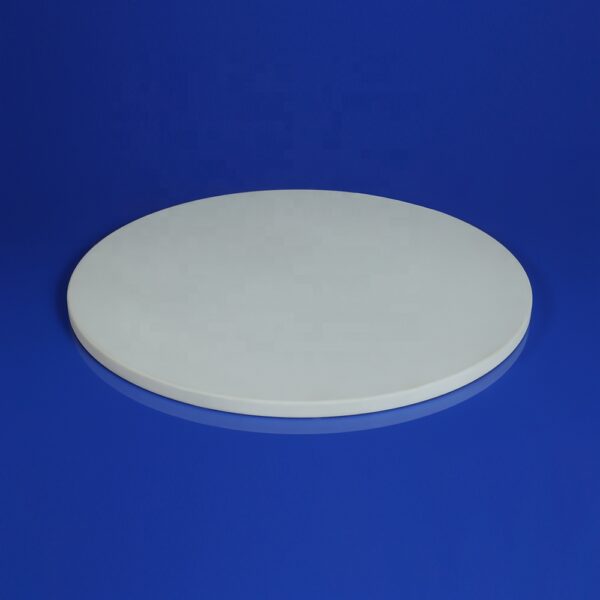
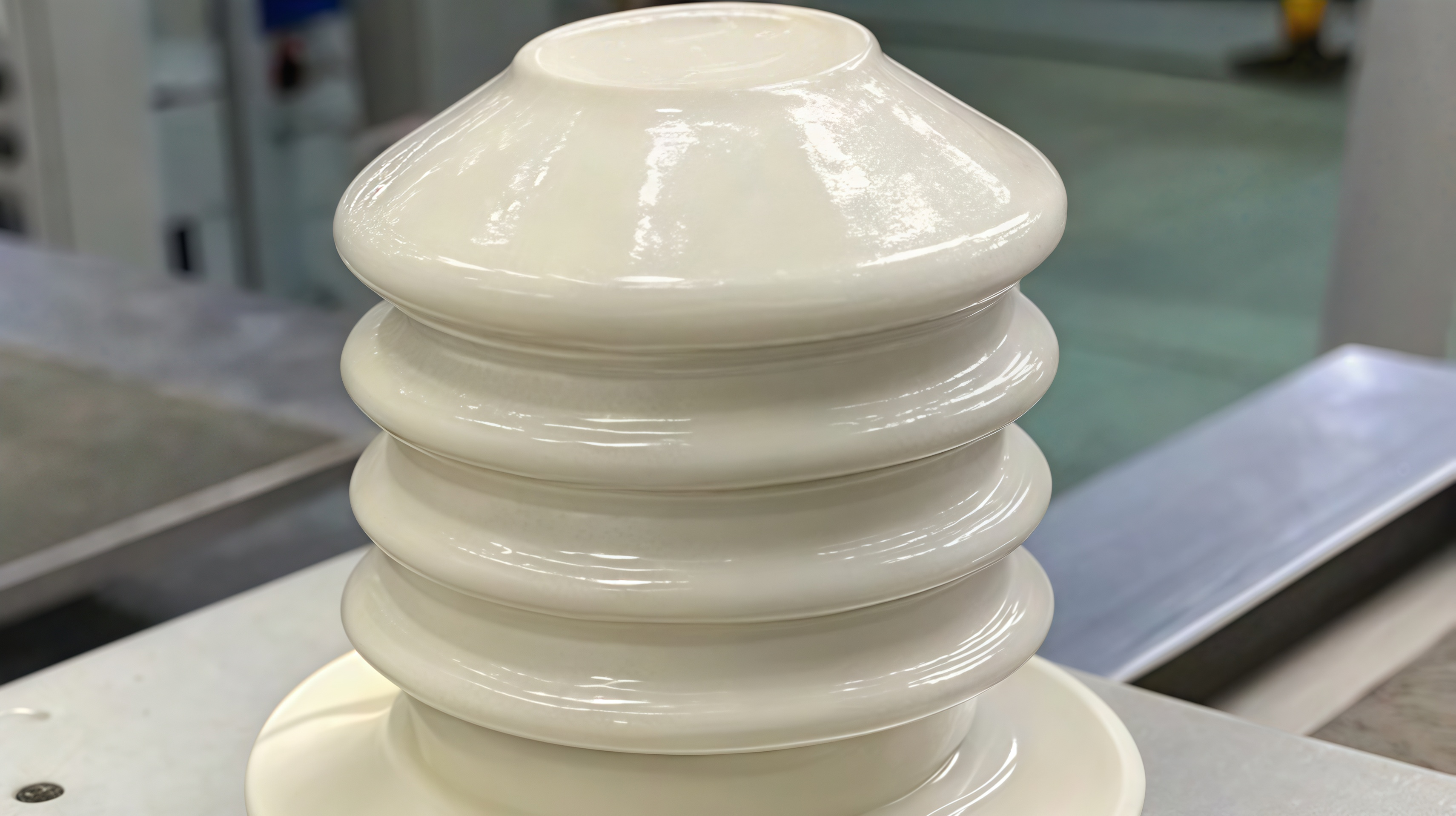


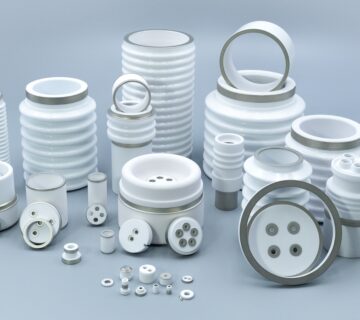
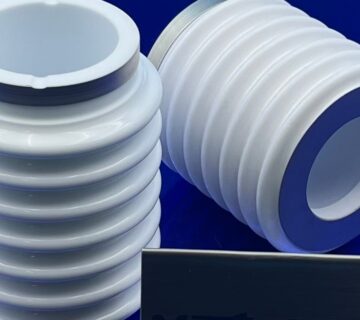

No comment